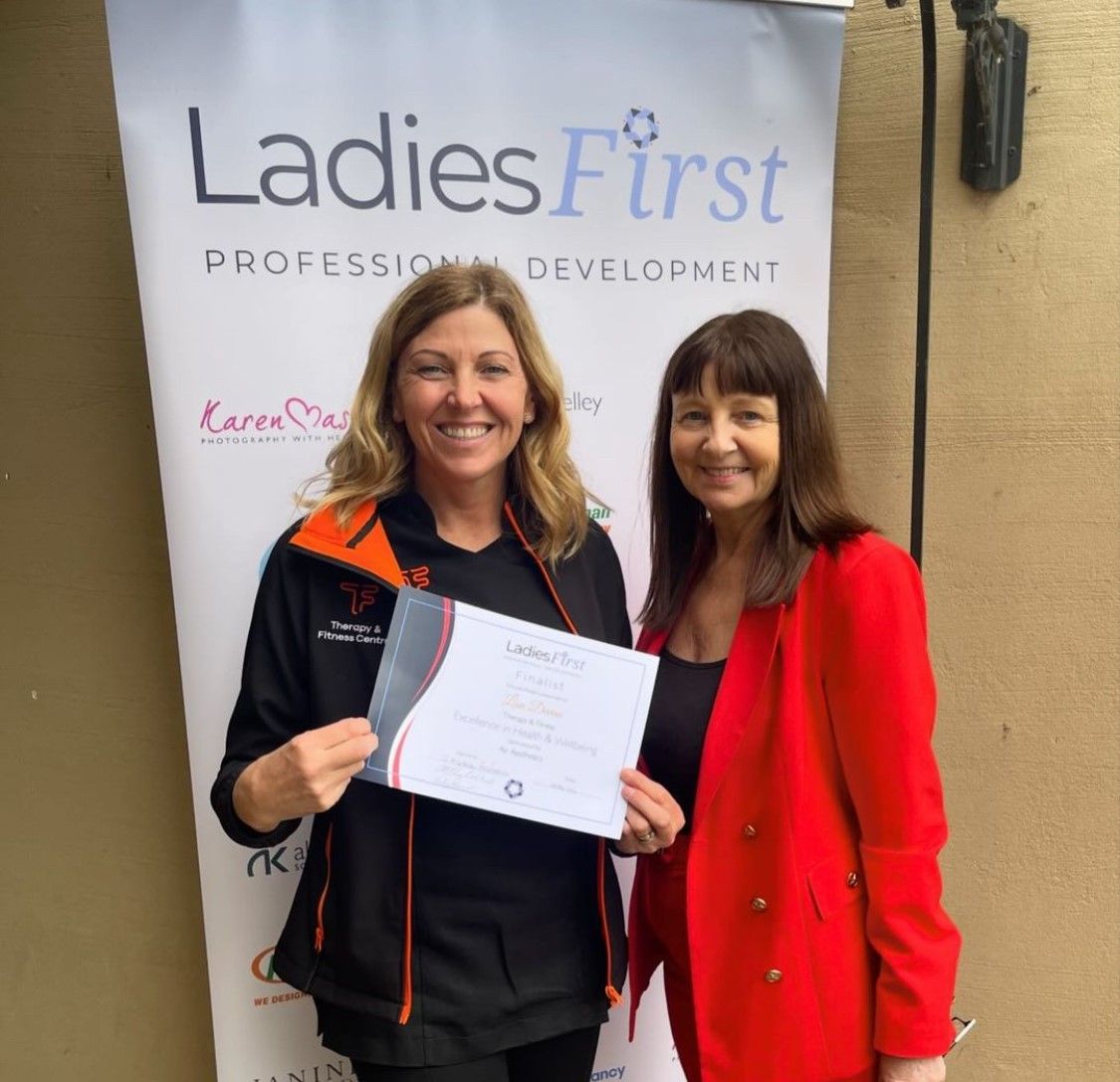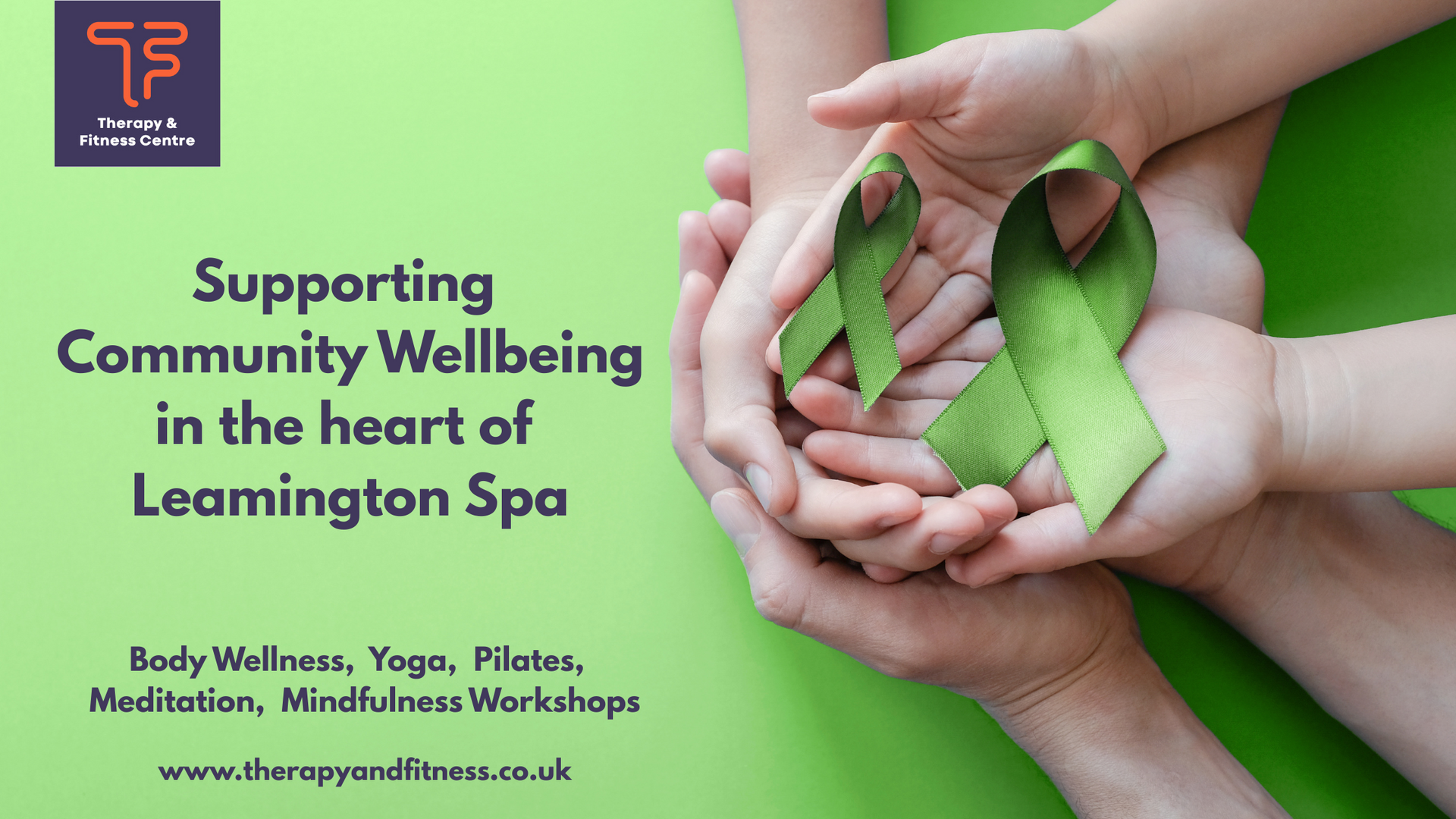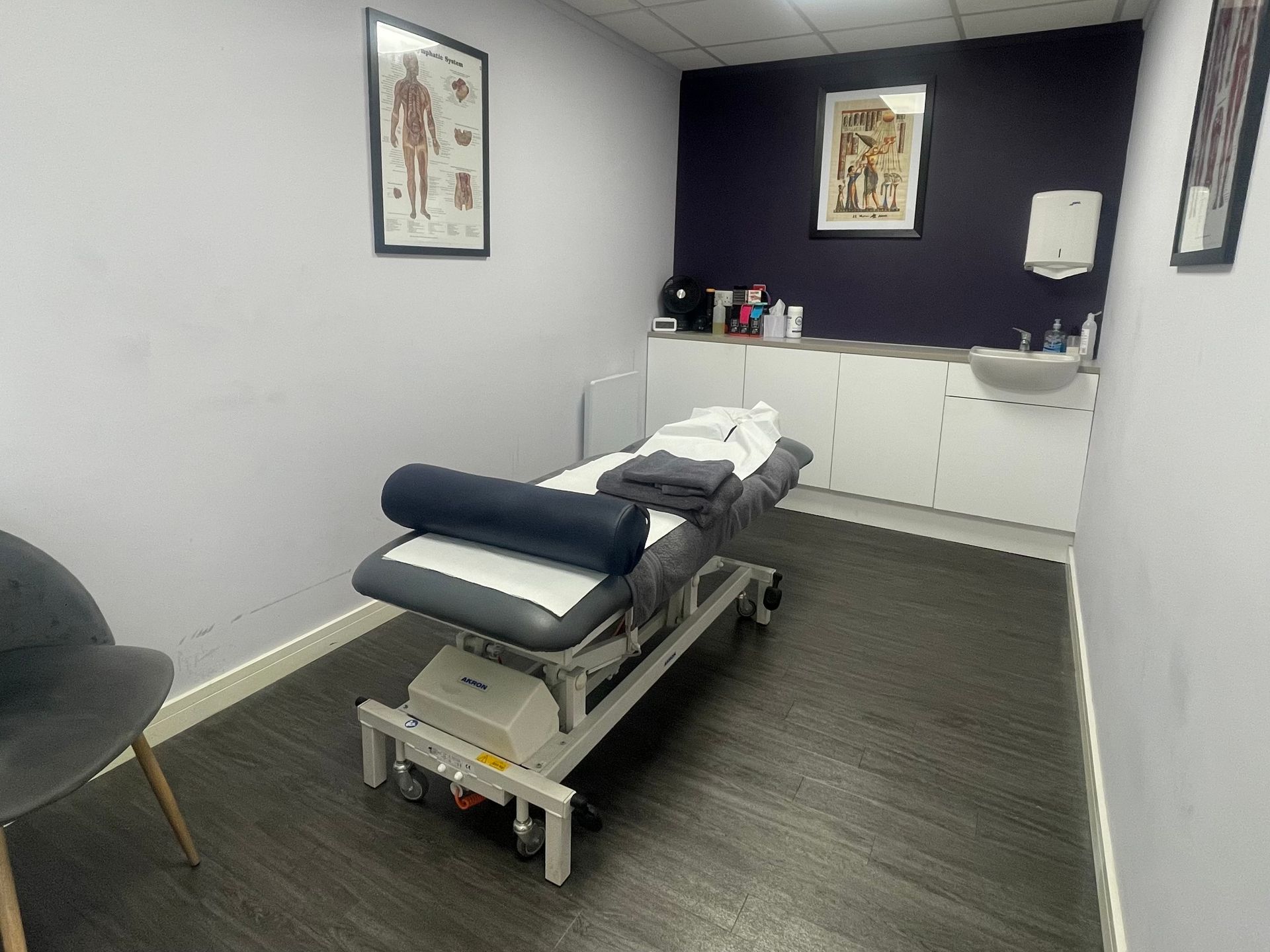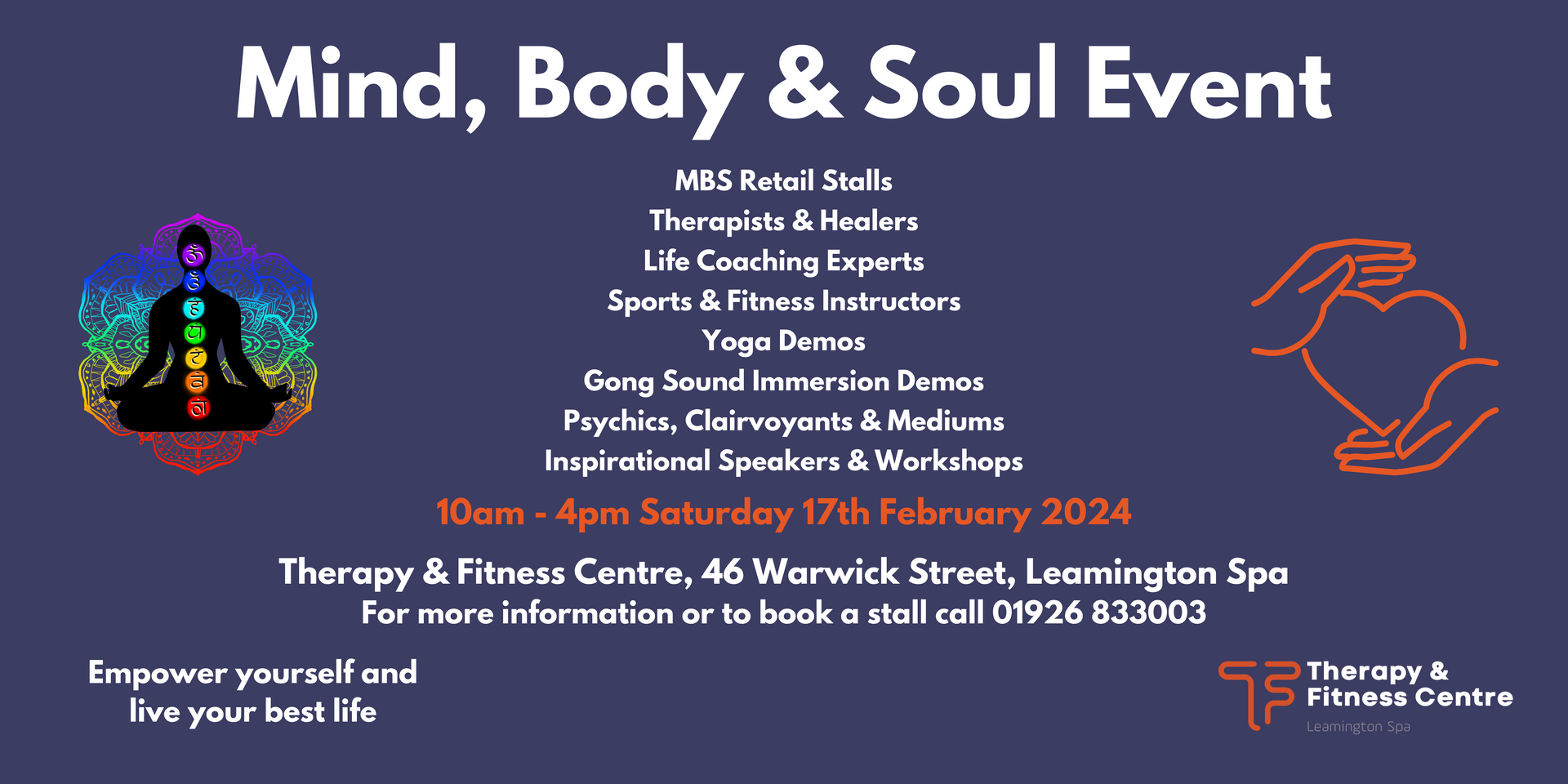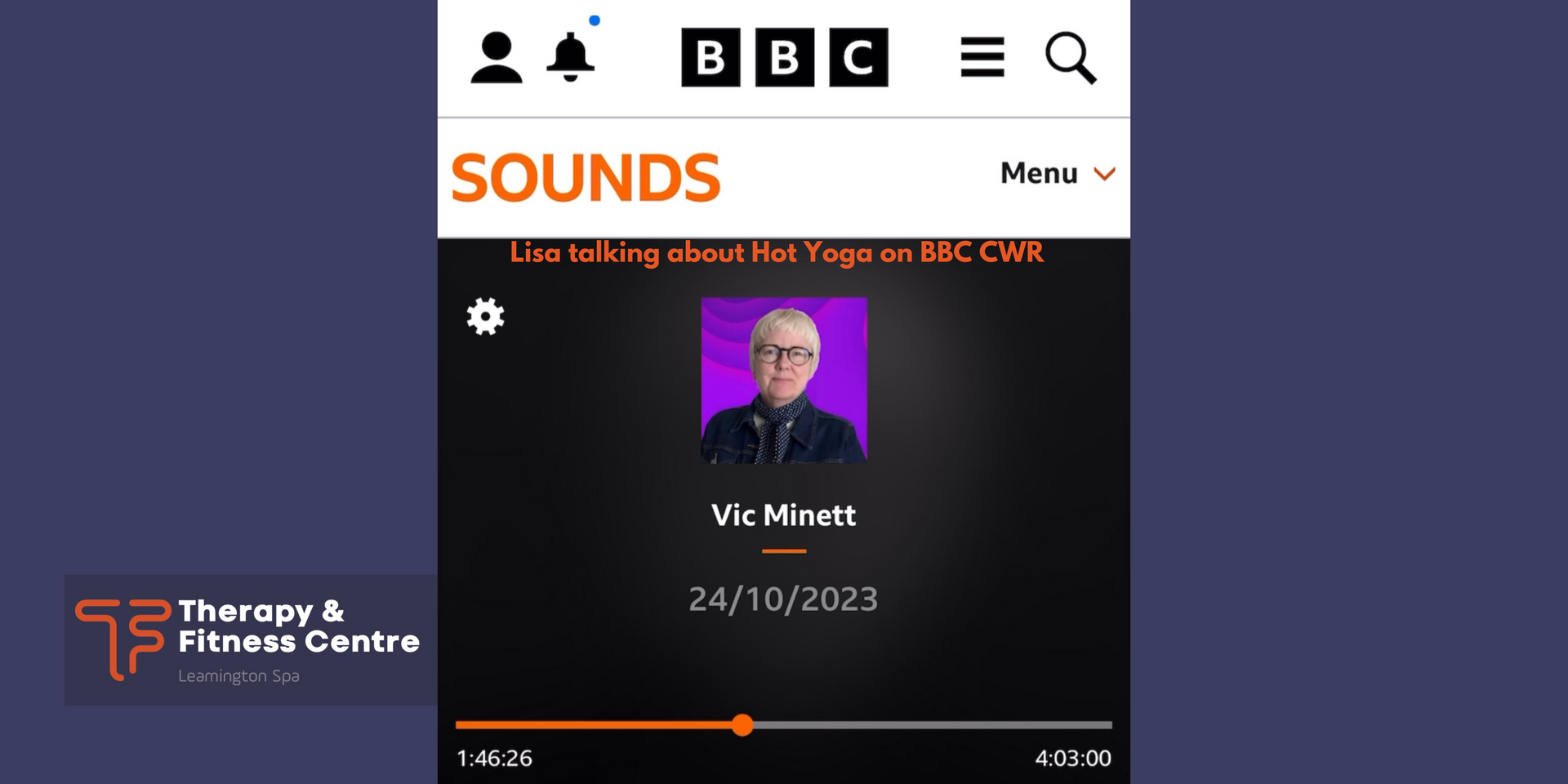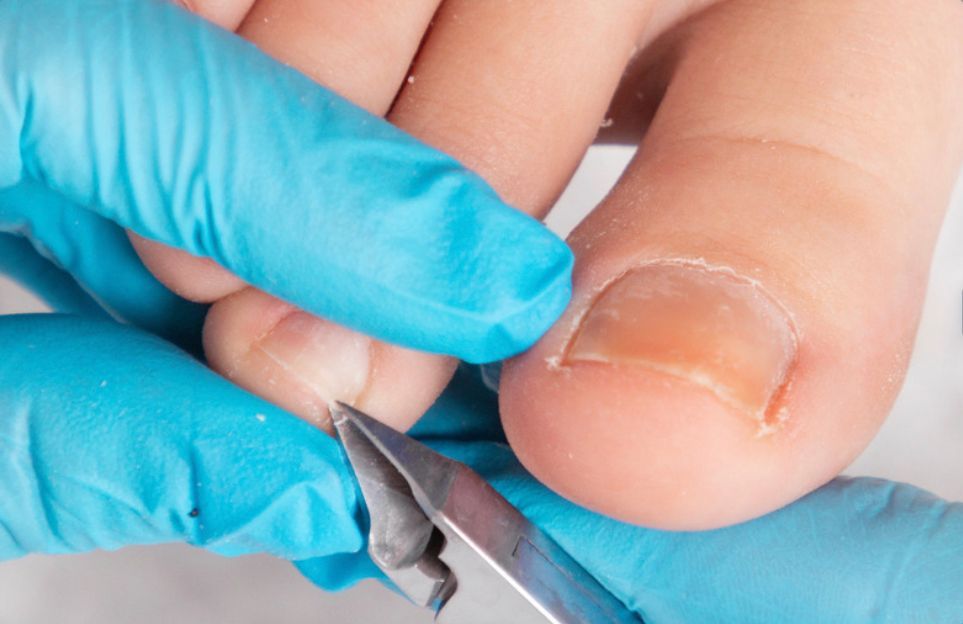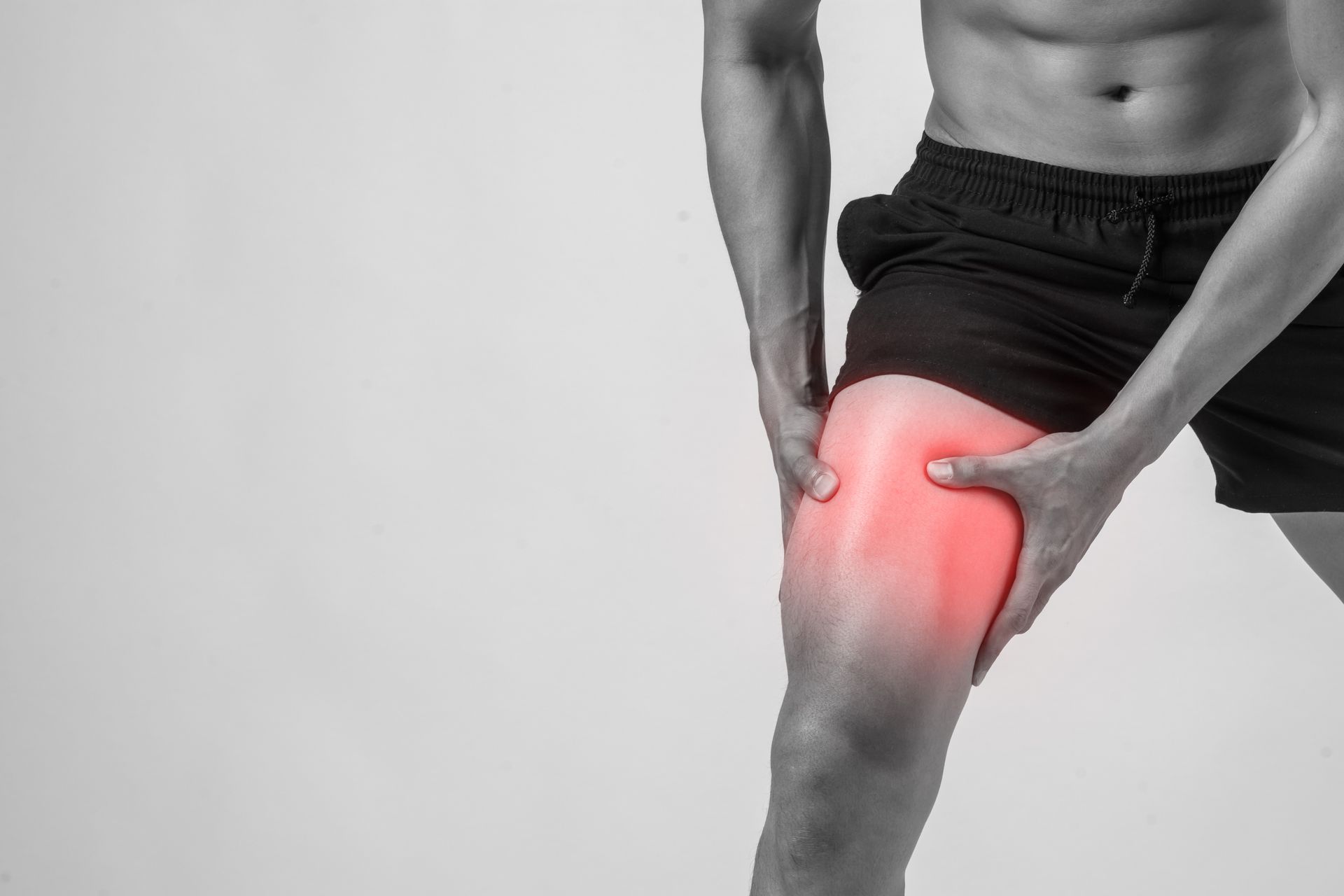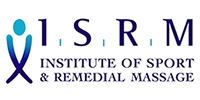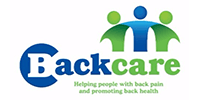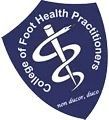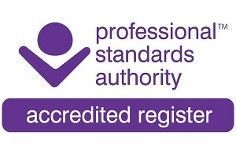Lymphatic Drainage Massage Benefits
What is Manual Lymphatic Drainage?
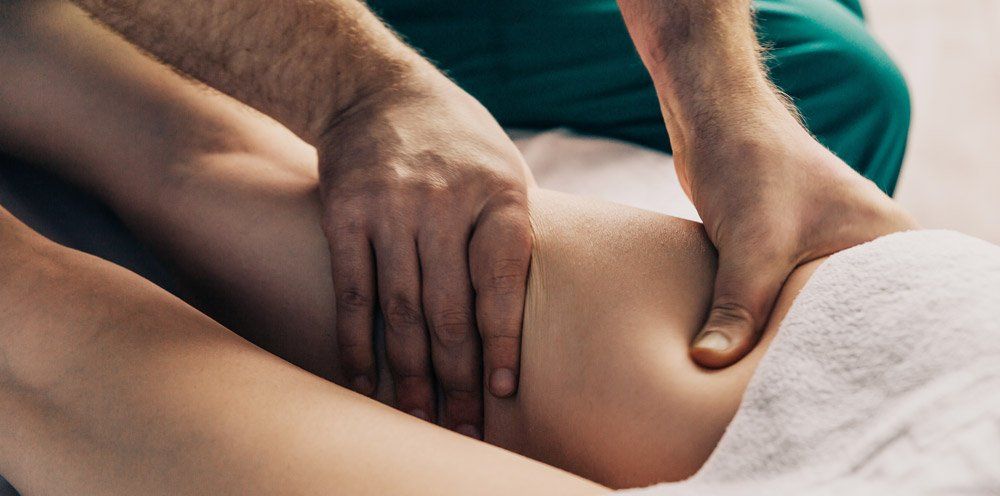
Manual Lymphatic Drainage is a medical massage consisting of gentle strokes and stretches that encourage lymph fluid to drain healthily through the lymph vessels. It is usually followed by the use of rock tape and compression bandages and should only be performed by a trained Manual Lymphatic Drainage specialist.
At
The Therapy & Fitness Centre, our professional
massage therapists are dedicated to providing regular or singular Manual Lymphatic Drainage treatments to provide relief to sufferers of Lymphoedema, post-operative oedema, post-traumatic oedema, and those who receive palliative care.

What are the Benefits of Manual Lymphatic Drainage?
1/ Reduces Muscle Tension
Manual Lymphatic Drainage relaxes muscles and soothes nerves due to the repetitive rhythmic movements it uses.
You can still seek the benefits of Manual Lymphatic Drainage even if you don’t suffer from a lymphatic condition because it has a deeply calming effect on the body.
2/ Non-Invasive Treatment
One of the great things about Manual Lymphatic Drainage is that it uses gentle massage techniques that don’t apply too much pressure. This means it is a tender massage that doesn’t feel invasive to sensitive skin, nerves and muscles.
Because Manual Lymphatic Drainage is non-invasive, it is a safe technique to use during pregnancy as it keeps the circulation moving fluidly.
During pregnancy, you should only seek Manual Lymphatic Drainage if it has been deemed safe by a medical professional.
3/ Detoxifying
The Lymphatic system is designed to remove waste products (known as lymph) from the body. It does this by pushing lymph through little pockets called lymph nodes that kill bacteria and infections.
Occasionally, lymph can build up in the lymphatic system which can cause swelling, discomfort and infections.
Manual Lymphatic Drainage works to remove fluid congestion in the lymphatic system, sometimes before congestion occurs, in order to detoxify the circulation.
4/ Relief from Lymphatic Conditions
Manual Lymphatic Drainage is most commonly performed to relieve the symptoms of medical conditions that impact the lymphatic system. These include:
- Lymphoedema
- Post operative oedema
- Post traumatic oedema
- Palliative care
- Cancer treatment
- Rheumatoid arthritis
5/ Promotes healing after surgery
Post-operative oedema is a condition that causes swelling after surgery and is caused by a redistribution of plasma proteins. The symptoms of this can be relieved by seeking Manual Lymphatic Drainage.
It is also beneficial after other forms of surgery because it encourages the circulatory system to continue removing waste products caused by tissue damage, which promotes ease of healing.
If your doctor has recommended
Manual Lymphatic Drainage, or you are curious about how it could be beneficial to you, please contact
The Therapy & Fitness Centre. We are more than happy to answer your questions.
For enquiries about Manual Lymphatic Drainage at the Leamington Therapy Centre.
Sign up to our newsletter to receive a £5 voucher towards the cost of your first treatment.
01926 833003 | info@leamingtontherapycentre.co.uk
